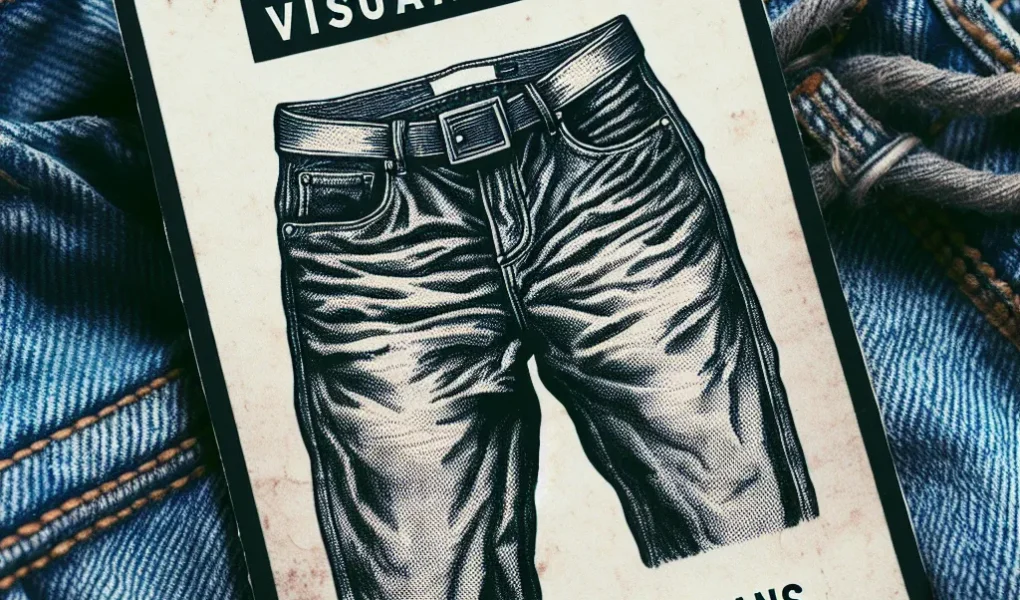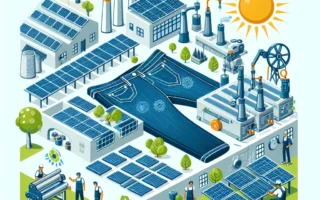A Brief History of Jeans: From Workwear to Fashion Icon
Jeans have come a long way from their humble beginnings as sturdy workwear for miners, cowboys, and laborers in the late 19th century. The evolution of jeans into a fashion staple is a testament to their enduring appeal and versatility. Initially designed for durability, jeans were made from heavy-duty denim, featuring rivets and sturdy stitching to withstand the rigors of manual labor.
However, it wasn’t until the mid-20th century that jeans crossed over from workwear to become a symbol of rebellious youth culture, thanks in part to their association with Hollywood icons like James Dean and Marlon Brando. This shift in perception transformed jeans into a statement of nonconformity and laid the foundation for their enduring status as a fashion icon.
Throughout the decades, jeans have continually reinvented themselves, adapting to various style trends while remaining a timeless wardrobe essential. From flared bell-bottoms in the 1970s to the distressed and skinny jeans of the 2000s, denim has proven its ability to stay relevant in the ever-changing landscape of fashion.
Today, jeans are a ubiquitous presence in fashion, from high-end designer labels to mass-market retailers, catering to diverse tastes and lifestyles. Whatever the future holds for fashion, it’s safe to say that jeans will continue to endure as a symbol of authenticity, individuality, and effortless style.
The Influence of Jeans on Pop Culture and Fashion Trends
Jeans have undeniably left an indelible mark on pop culture and fashion trends since their humble beginnings as sturdy workwear. The influence of jeans on these cultural aspects can be observed as their popularity transcends geographic, economic, and social boundaries. From their adoption by rebellious youth in the 1950s to mainstream acceptance in subsequent decades, jeans have consistently symbolized effortless cool and an embrace of casual sophistication.
As fashion trends come and go, jeans have remained a constant, adapting to different style preferences and societal shifts. They have effortlessly traversed from being a symbol of counterculture to a wardrobe staple for practically everyone, regardless of age or background. This versatility has solidified jeans as an enduring icon in the world of fashion, with their ability to effortlessly complement various looks, from casual to formal, setting them apart from other sartorial choices.
The prevalence of jeans in fashion trends is also evident in their presence on runways, in high-end designer collections, and as a canvas for artistic customization. The evolution of jeans from a utilitarian garment to a fashion statement has cemented their status as an enduring cultural touchstone, and their influence on pop culture is likely to persist for generations to come.
The Innovation and Evolution of Denim: A Look at Jean Manufacturing
When it comes to the evolution of jeans, one can’t ignore the innovation and evolution of denim itself. Jean manufacturing has come a long way from its humble beginnings as sturdy workwear to becoming a fashion staple in today’s world. The process of creating denim fabric has seen significant advancements, leading to the production of jeans that are not only durable but also stylish and comfortable.
Traditionally, denim was made from 100% cotton, known for its durability and ruggedness. However, with advancing technology, denim manufacturers have started incorporating stretch fibers such as spandex into the fabric to enhance flexibility and comfort. This innovation has revolutionized the way jeans fit and feel, making them more versatile for everyday wear.
Moreover, the techniques used in jean manufacturing have evolved to include various finishes like stone-washing, sanding, and distressing, giving jeans a worn-in, vintage look. Laser technology has also been introduced to create intricate patterns and designs on denim, providing endless possibilities for unique jean styles. Additionally, sustainable denim manufacturing practices have gained prominence, with eco-friendly dyeing processes and the use of recycled materials becoming more prevalent in the industry.
In conclusion, the innovation and evolution of denim in jean manufacturing have played a pivotal role in shaping the contemporary denim market. From the introduction of stretch fabrics to the adoption of sustainable practices, denim production continues to push boundaries, ensuring that jeans remain a timeless wardrobe essential for years to come.
The Enduring Appeal of Jeans: How They Have Transcended Time and Trends
When it comes to the world of fashion, few items have stood the test of time quite like jeans. From their humble beginnings as rugged workwear for miners and cowboys in the 19th century to their current status as a wardrobe staple for people of all ages and backgrounds, jeans have transcended time and trends with their enduring appeal.
One of the key reasons behind the enduring appeal of jeans is their remarkable versatility. They can effortlessly transition from a casual day look to a chic evening ensemble, making them a go-to choice for a wide range of occasions. Additionally, jeans come in various styles, washes, and cuts, allowing individuals to express their personal style while still being on-trend.
Furthermore, the durability of jeans has contributed to their lasting popularity. Originally designed to withstand the demands of manual labor, jeans are renowned for their robust nature, making them a reliable and long-lasting wardrobe option. This resilience has helped jeans maintain their appeal across generations, as they are often passed down from one family member to another.
In addition to their practicality and longevity, the timeless allure of jeans can also be attributed to their association with freedom, rebellion, and authenticity. Throughout history, jeans have been embraced by various countercultural movements and style icons, solidifying their status as a symbol of non-conformity and individualism.
Today, as fashion trends continue to evolve, jeans remain a constant presence in the industry, proving that they are more than just a passing fad. Their ability to adapt to different fashion eras while retaining their core characteristics has cemented their position as a fashion staple that is unlikely to fade away anytime soon.
In conclusion, the enduring appeal of jeans can be attributed to their versatility, durability, and symbolic significance. As they continue to transcend time and trends, it is evident that jeans have secured their place in the annals of fashion history, making them an indispensable wardrobe essential for many.
The Future of Denim: Sustainability and Technological Advancements
The future of denim is marked by a growing emphasis on sustainability and technological advancements. With the fashion industry shifting towards more sustainable practices, denim manufacturing is also evolving. One of the key areas of focus is the development of environmentally friendly production processes, including the use of organic cotton, natural indigo dyes, and water-saving techniques. Additionally, advancements in recycling technology are enabling the creation of high-quality recycled denim, reducing the reliance on virgin materials.
Moreover, technological innovations such as laser finishing and ozone processing are being increasingly employed to achieve distressed and faded denim looks, reducing the need for chemical treatments. These advancements not only enhance the efficiency of production but also minimize the environmental impact of denim manufacturing.
Furthermore, the integration of smart technologies is revolutionizing the denim industry, with the introduction of connected denim and wearable technology. These innovations include embedded sensors for activity tracking, temperature control, and even smartphone connectivity. Such developments are reshaping the future of denim, merging fashion with functionality in a sustainable manner.
In conclusion, the future of denim is moving towards a more sustainable and technologically advanced landscape. As environmental consciousness continues to gain momentum, the denim industry is embracing innovations that prioritize eco-friendly practices while maintaining the style and quality that denim is renowned for.

